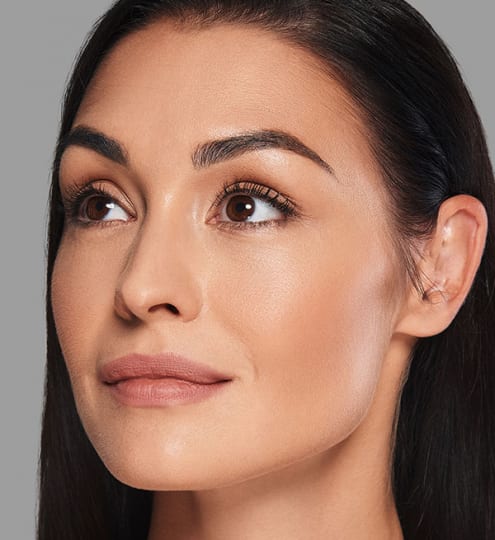Condition — face
Baggy Eyelids
Baggy eyelids can also be referred to as ‘heavy eyes’, ‘droopy eyelids’ or eyelid ptosis. As the name suggests, this concern sees the skin on the upper, lower or both eyelids sagging around the eye area. Although baggy eyes are most likely to be a concern that occurs as part of facial ageing, other causes are more associated with genetics or was defective from birth (congenital ptosis). In more significant cases the eyelid can cover over the eye, obstructing the person’s vision, which leads to other concerns such as having to tilt the head back or raising the eyebrows in order to see better. This can result in aching around the forehead and eyes.
Blinking and normal functioning of the eyes and eyelids is controlled by a range of muscles, including: the levator muscle, muller’s muscle and the frontalis. Through ageing, these muscles can tire which provides less support for weakening skin. The levator muscle in particular, works to elevate the upper eyelid and will often become stretched as a person gets older, especially if the eyes are frequently rubbed or pulled. This can cause the eyelid to droop as the muscles pull downward, taking the skin with it. In some cases a medical condition or injury to the eye leads to a baggy eyelid if it affects or has damaged the muscles in the eyelid, or those that surround the eye.
Improving the look of baggy eyes can be achieved through a procedure known as blepharoplasty, which can be performed on either the upper lid, lower lid or both. By removing excess skin and / or tissues from the sagging eyelid it can open up the eye to create a more youthful and revitalised look. This procedure can be performed on its own or in combination with other procedures, such as a face lift, to help turn back the clock and produce a fully refreshed appearance.







